Review: Chasing the Dreamby Jeff Foust Monday, June 15, 2020
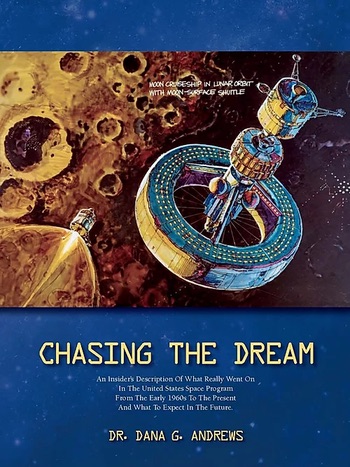 Chasing the Dream
Chasing the Dreamby Dana Andrews
Classic Day Publishing, 2020
paperback, 350 pp., illus.
ISBN 978-1-59849-281-1
US$28.95
https://www.retiredrocketdoc.com/shopThe history of spaceflight is littered with concepts that never, literally or figuratively, got off the ground. The recent NASA book
After LM described dozens of designs for lunar landers proposed after the Apollo program, up through the cancellation of the Constellation program a decade ago, none of which got even to the hardware production phase of development (see “Review:
After LM”, The Space Review, June 8, 2020). The same is true, of course, for many other proposed launch vehicles and spacecraft. (...)
https://www.thespacereview.com/article/3963/1How has traffic been managed in the sky, on waterways, and on the road? Comparisons for space situational awareness (part 2)by Stephen Garber and Marissa Herron Monday, June 15, 2020
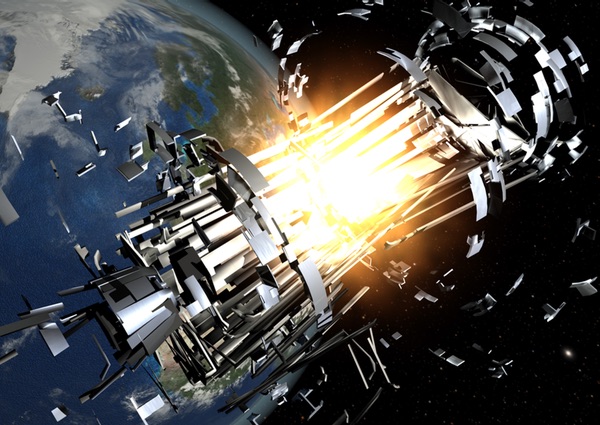
The growth of both debris in Earth orbit from collisions and explosions as well as active satellites is raising awareness about the need for revised approaches to space traffic management. (credit: ESA)
Disclaimer: the views expressed in this article are solely those of the authors, not of NASA or of the Federal Government.Other traditional “rules of the road”Taking a step back from the complexities of STM and looking at how traffic historically has been managed in other domains may provide some useful insights. One issue that cuts across land, air, and sea is vehicle worthiness. That is, cars, planes, and boats all need to be registered to ensure their safety, and this may be analogous to the satellite licensing process. Cars go through safety inspections to ensure road worthiness and minimum pollution standards, as well as to ensure we have functioning headlights to see and be seen at night, avoiding collisions. Just as cars, planes, and boats should be visible unless bad weather precludes this, so too should satellites be trackable. The technology for each domain is different, but the goal for all these vehicles is to be identifiable to foster communication and coordination of intended maneuvers. (...)
https://www.thespacereview.com/article/3964/1Part 1
https://www.thespacereview.com/article/3961/1Hugging Hubble longerby Jeff Foust Monday, June 15, 2020
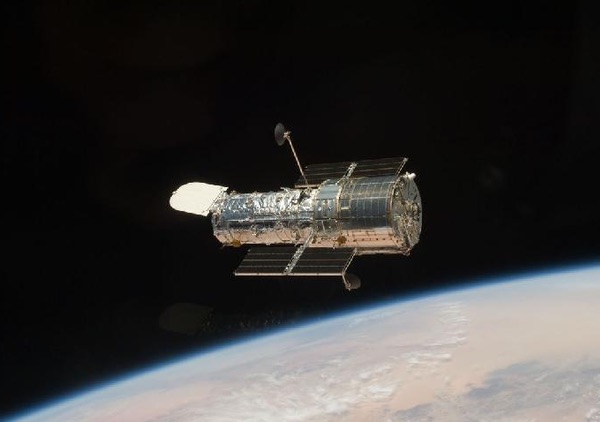 The Hubble Space Telescope seen by the last servicing mission, STS-125 in 2009. (credit: NASA)
The Hubble Space Telescope seen by the last servicing mission, STS-125 in 2009. (credit: NASA)The future of space-based astronomy is delayed. Again.
Last week, Thomas Zurbuchen, NASA associate administrator, confirmed the inevitable: the James Webb Space Telescope (JWST) won’t launch next March, as had been the schedule for the last two years. This time, a slowdown in work on the telescope that started this past March because of the pandemic will delay a launch, something that appeared increasingly obvious given the limited work that could be done and the available schedule reserves. (...)
https://www.thespacereview.com/article/3965/1The Eagle, the Bear, and the (other) Dragon: US-Russian relations in the SpaceX Eraby Gregory D. Miller Monday, June 15, 2020
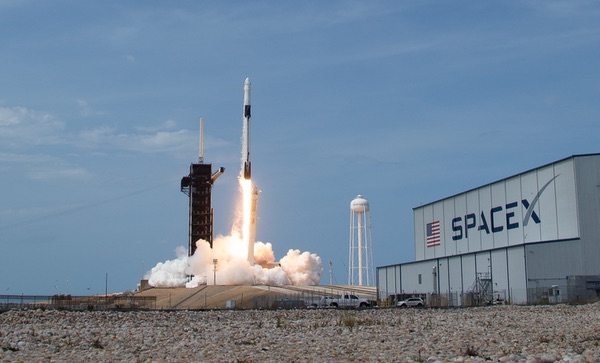 A sucecssful SpaceX Crew Dragon mission will allow NASA to end its dependence on Russia for accessing the International Space Station, which brings with it geopolitical implications. (credit: NASA/Bill Ingalls)
A sucecssful SpaceX Crew Dragon mission will allow NASA to end its dependence on Russia for accessing the International Space Station, which brings with it geopolitical implications. (credit: NASA/Bill Ingalls)The May 30 launch of two US astronauts aboard SpaceX’s Crew Dragon spacecraft, the first human launch into orbit from US soil in nearly nine years, raises several questions about the future of US-Russian cooperation in space (Snyder and Kramer; O’Callaghan), but also about US-Russian relations more generally. US astronauts have been launching aboard Russian spacecraft since 1995 (Uri), but with NASA’s retirement of the Space Shuttle in 2011, the US human spaceflight program became reliant on Russian launch capabilities. Now that SpaceX showed its ability to perform this task, and plans more launches in the future, one must ask whether this development will help or hinder relations between the U. and Russia. (...)
https://www.thespacereview.com/article/3966/1Peresvet: a Russian mobile laser system to dazzle enemy satellitesby Bart Hendrickx Monday, June 15, 2020
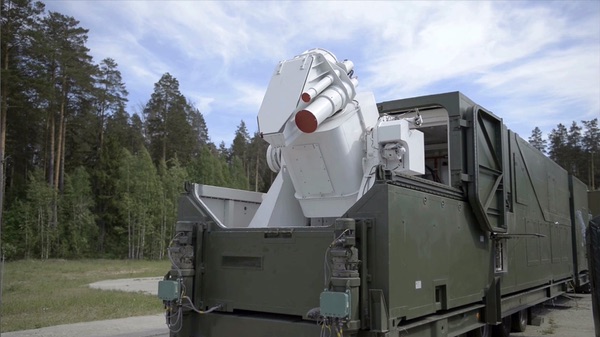 The trailer-mounted Peresvet laser system as seen in a Russian Ministry of Defense video.
The trailer-mounted Peresvet laser system as seen in a Russian Ministry of Defense video.On March 1, 2018 Russian President Vladimir Putin delivered a saber-rattling State of the Union speech that harkened back to the darkest days of the Cold War. He used the occasion to put on a display of new armaments such as nuclear-powered cruise missiles and hypersonic glide vehicles capable of penetrating US missile defenses, underlining they had been developed as a result of the US pulling out of the Anti-Ballistic Missile treaty in 2002. Putin also boasted that Russia was “one step ahead” in what he called “weapons with new physical properties”, adding:
“We have achieved significant progress in laser weapons. It is not just a concept or a plan anymore. It is not even in the early production stages. Since last year, our troops have been armed with laser weapons. I do not want to reveal more details. It is not the time yet. But experts will understand that with such weaponry, Russia’s defense capacity has multiplied.” (...)
https://www.thespacereview.com/article/3967/1